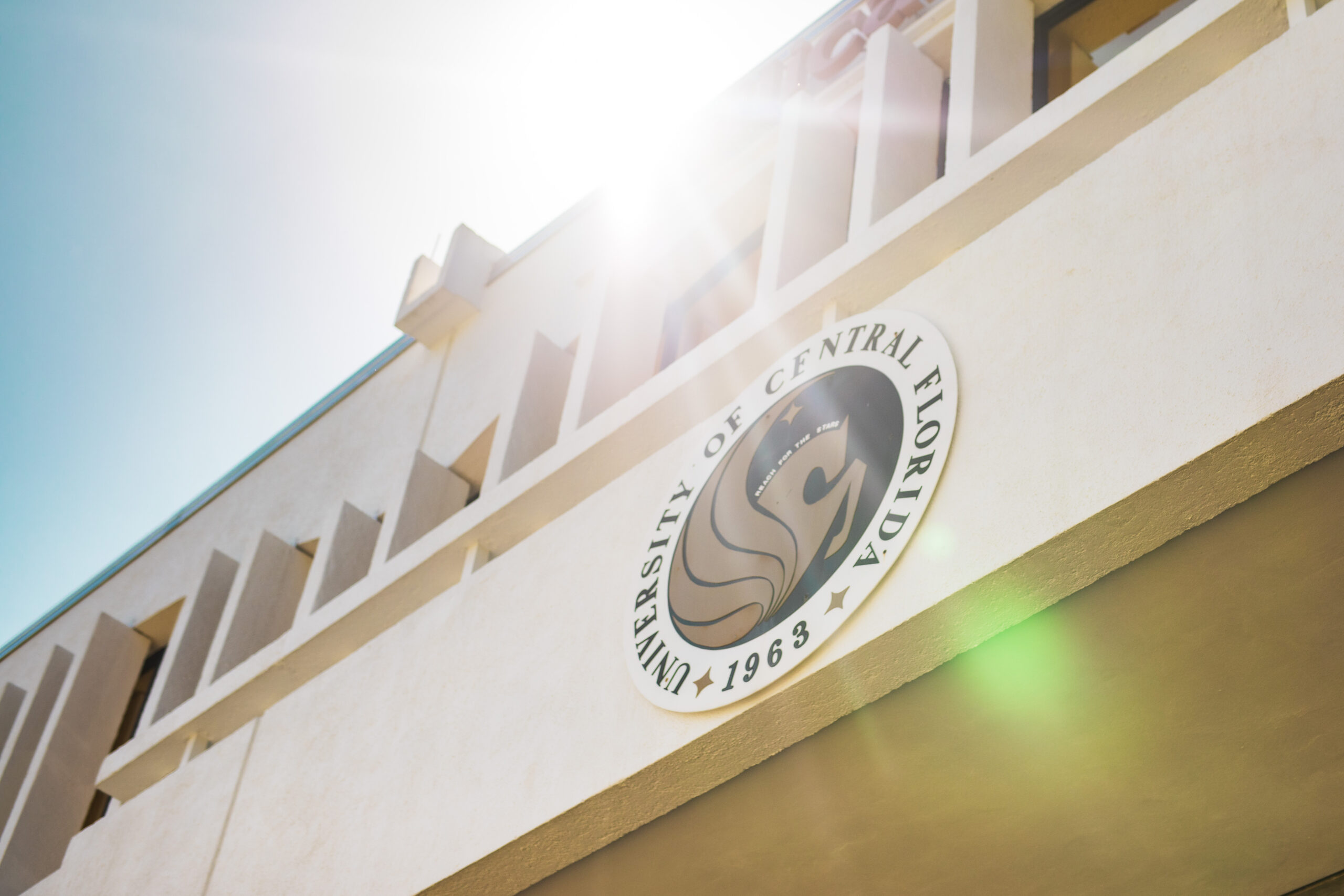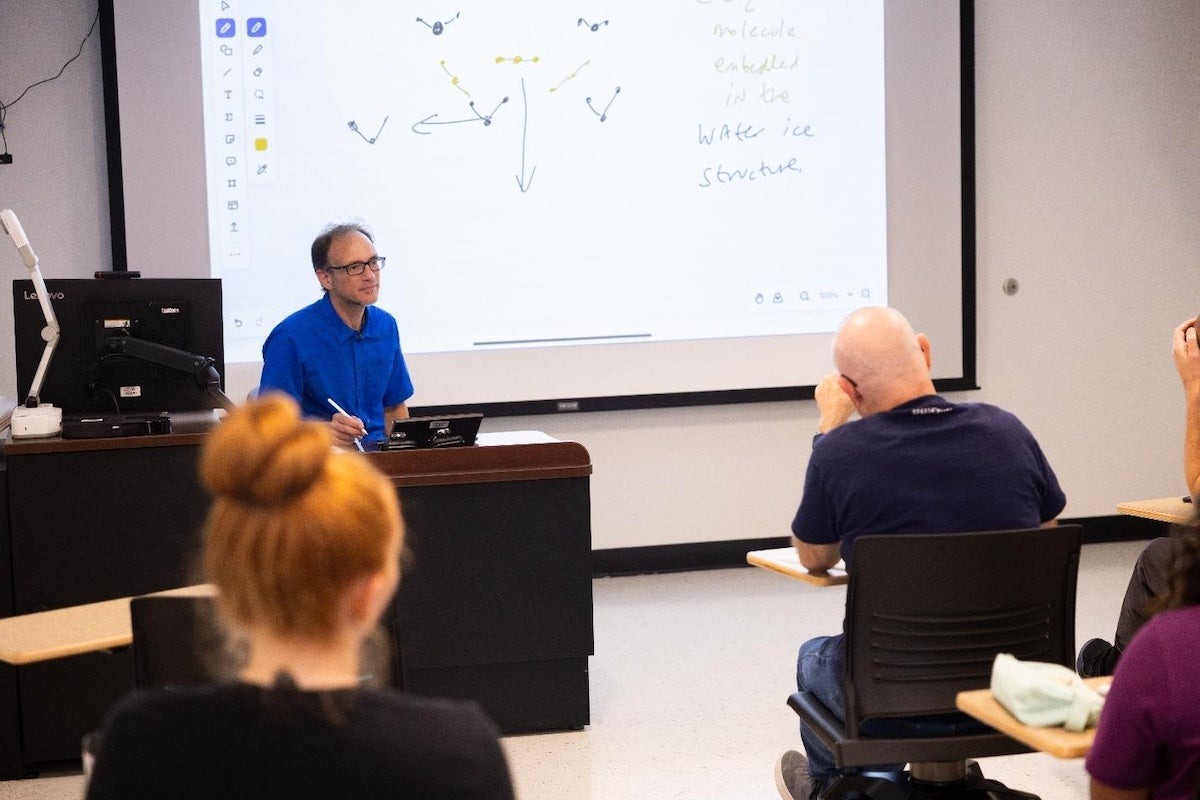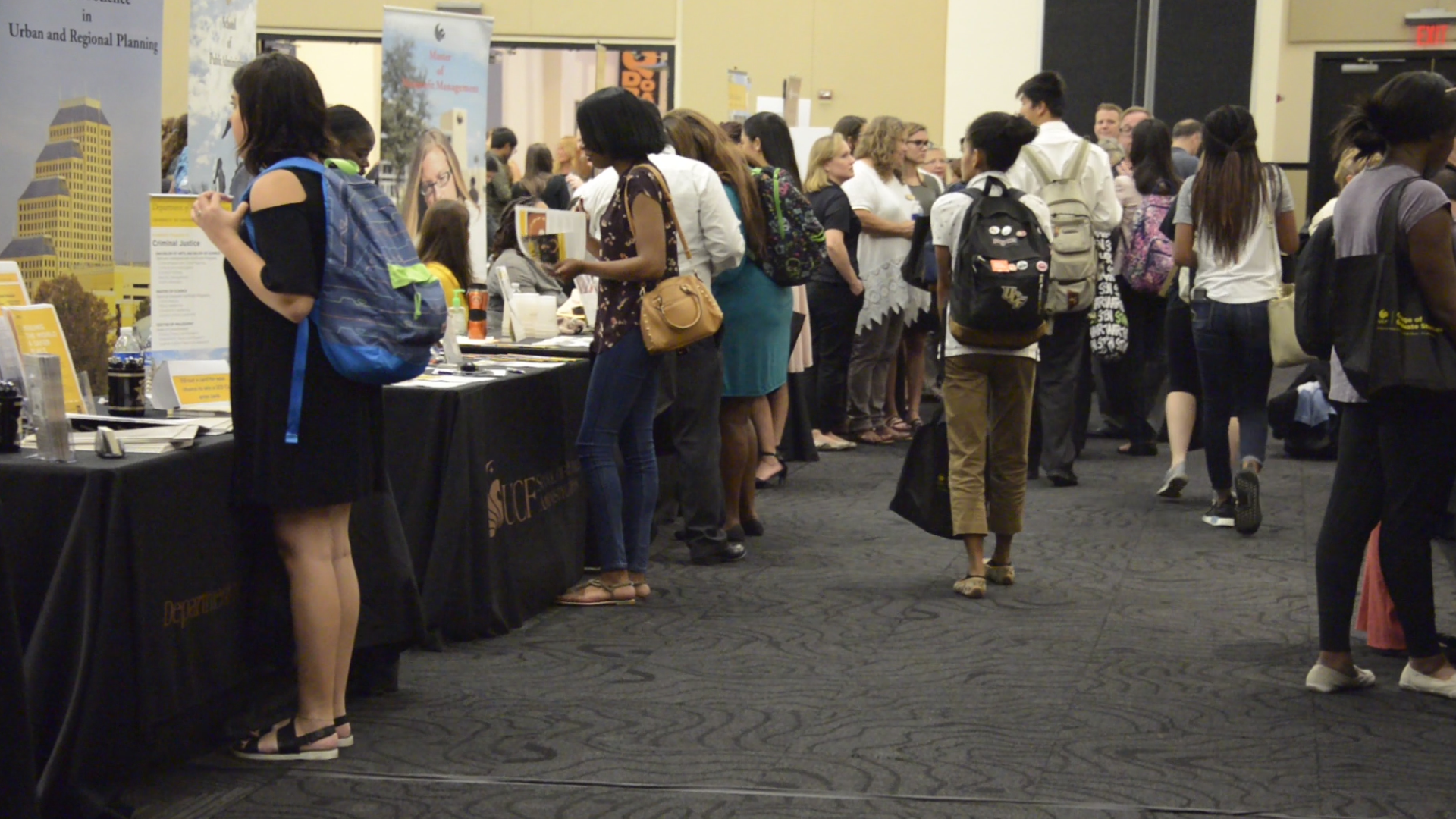First Images from OSIRIS REx Mission Have Scientists Buzzing with Excitement
The holidays came early for the science team-leading NASA’sOSIRIS-REx mission to collect samples from a near-Earth asteroid. Today they announced findings from the mission thus far, which arrived at asteroid Bennu Dec. 3
Scientists were already buzzing with excitement in November when the spacecraft’s long-range cameras began beaming early images of the asteroid. Now, the first few

“We’re very excited,” said Humberto Campins, a University of Central Florida planetary scientist, professor of physics and member of the OSIRIS-REx Science Team. He and UCF colleague Associate Professor Yan Fernandez are part of the team that will analyze close-range images of the asteroid to recommend the best spot to collect the sample. “The images are spectacular and spot on, what we expected thanks to predictions made with the instrumentation at the Arecibo Observatory in the late 90s and early 2000s. We will spend a year and a half mapping Bennu and have to wait until mid-2020 we collect the sample, but it is pretty amazing to actually see it now. Christmas came early!”
The mission’s lead scientists, from the University of Arizona and other institutions, presented initial results about the asteroid and the mission at the AGU conference in Washington D.C. today. The AGU is the largest world wide conference in Earth and space sciences and was expected to host more than20,000 attendees this year including representatives from the Arecibo Observatory.
“The amazing Bennu images coming out now look strikingly similar to the shape model derived from Arecibo radar data in 2013,” said Anne Virkki, a research scientist at the
Bennu was discovered in 1999 and shortly after, Arecibo’s radar and the Goldstone planetary radar system were used to examine it. In 2005 Arecibo was used to complete
OSIRIS-REx launched from the Space Coast in 2016. The early images from OSIRIS-REx dramatically confirm that those predictions were accurate, scientists said.
“No other ground-based method is capable of detecting such features,” Virkki said from the facility.
“No other ground-based method is capable of detecting such features,” Virkki says from the facility.

Arecibo director Francisco Cordova, who attended the conference, was thrilled to see another example of the facility helping advance space science.
“This only demonstrates what everyone at Arecibo already knows,” Cordova says. “Our facility is a tremendous resource to the world, which continues to contribute to important discoveries, across multiple science communities. The best is yet to come for the observatory, which will be receiving significant upgrades over the next four years including new receivers, feeds and transmission capabilities.”
Arecibo director Francisco Cordova, who is at the conference, was thrilled to see another example of the facility helping advance space science.
“This only demonstrates what everyone at Arecibo already knows,” Cordova said. “Our facility is a tremendous resource to the world, which continues to contribute to important discoveries, across multiple science communities. The best is yet to come for the observatory, which will be receiving significant upgrades over the next 4 years including new receivers, feeds and transmission capabilities.”
Campins agreed. He said the work done at Arecibo was invaluable in NASA’s selection of the OSIRIS-REx project for full funding when it was competing with a dozen other proposals in NASA’s New Frontiers Program.
University of Central Florida (UCF) operates the Arecibo Observatory in partnership with Sistema Ana G. Mendez Universidad Metropolitana and Yang Enterprises Inc., under a cooperative agreement with the National Science Foundation (NSF). The planetary radar program is supported by NASA’s Near Earth Object Observation Program.
“The information obtained from radar characterization of this asteroid at Arecibo was critical in mission target selection and supported OSIRIS-REx science definition and mission planning,” Campins said. “Arecibo’s radar data gave us two main advantages. It minimized the uncertainty in the shape of the asteroid and its orbit, which help reduce risk and increase the likelihood of a successful mission.”
Share This Article

UCF Women’s Club Honors 3 Graduate Students with Prestigious Sheila B. Somerville Scholarship
Financial support is often the cornerstone of academic success, and for many students, scholarships open the door to higher education. Beyond easing financial stress, these awards provide recognition, motivation, and a...
Latest News

UCF Launches 1st Planetary and Space Sciences PhD Program in Florida
As SpaceU, UCF is pushing the boundaries of exploration by launching a groundbreaking new doctoral program in the planetary and space sciences. Now, aspiring researchers can apply to the inaugural cohort of...

UCF Fulbright Awardees Bring Their Passions to a Global Scale
Each year, the Fulbright Program offers opportunities for American students to conduct research, teach English, or pursue graduate study abroad. One of the most prestigious international exchange programs in the...

Unleash Opportunities with a UCF Graduate Degree
A graduate degree has the power to unleash opportunities by expanding careers, opening doors to new fields, and increasing lifetime earnings. According to the U.S. Bureau of Labor Statistics (2024),...

UCF Rosen College Ranks No. 1 in the World for Hospitality Education for 2025
One of the most anticipated theme parks in the world is about to open its gates — and right next door, the No. 1 hospitality and hotel management school on...